
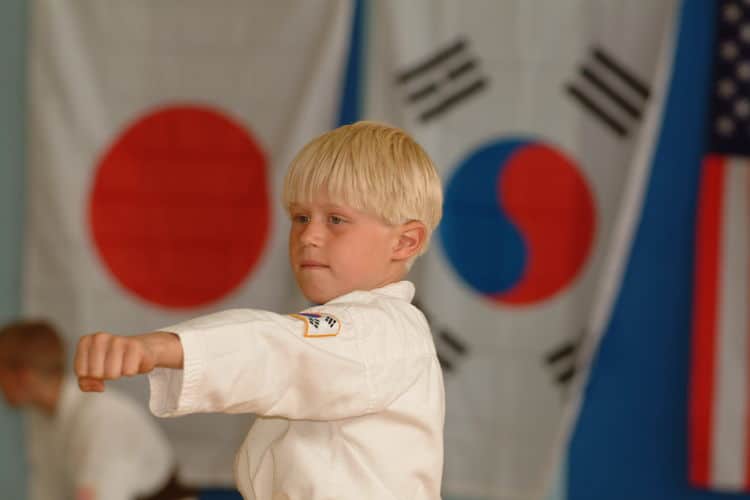
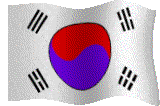
Click on the Waving American or Korean Flags to read about it's the symbolism and meaning.

Learn the Tenants of TKD, Oath, Dojang Code of Conduct and Theory of Power
 Click on uniform picture to enlarge
Click on uniform picture to enlarge
The Arts We Practice
|
Testing requirements increase with belt rank. Training also involves practice in Fallng/ Throwing, Weaponry, Self Defense, and Reactive Knife. The way we train makes our workouts a well rounded practice in the skills necessary to make our students the best martial artist they can be.

Chang Hon Patterns
(Click on picture to enlarge form diagram)
Click here for printable study book training guides
Click here to see training information and video
Click here for Martial Art Terminology
Click here for Printable Chang Hon Meanings
Click here for Korean counting 1-100
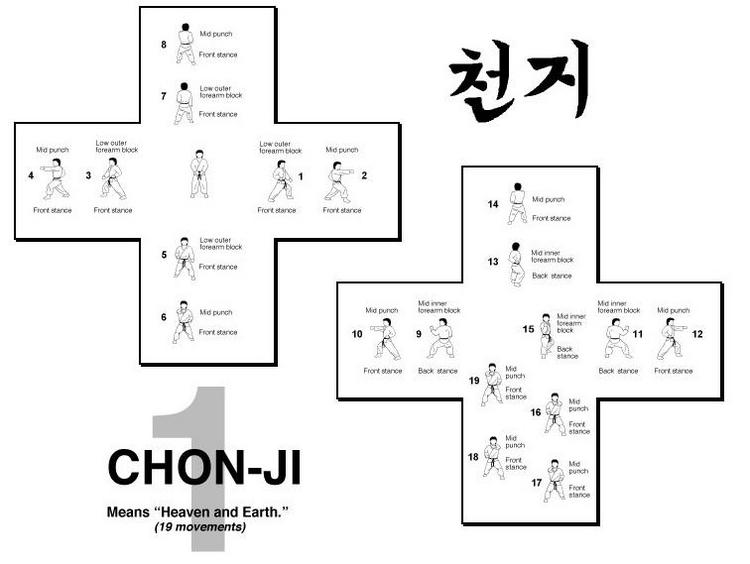 White Belt- New Martial Artist learning basic skills must meet test requirements shown to test for next rank in order
White Belt- New Martial Artist learning basic skills must meet test requirements shown to test for next rank in order
Chon-Ji- (19 movements) Literally Chon-Ji means heaven and earth. It is in the orient interpreted as the creation of the world or the beginning of human history, therefore it is the initial pattern played by the beginner. This pattern consists of two similar parts; one to represent the Heaven and the other the Earth.
(WTF) Palgwe Il Jang- Concept of Heaven (Keon) It is symbolic of the beginnings of life, and it is the basic principal of this introductory hyung.
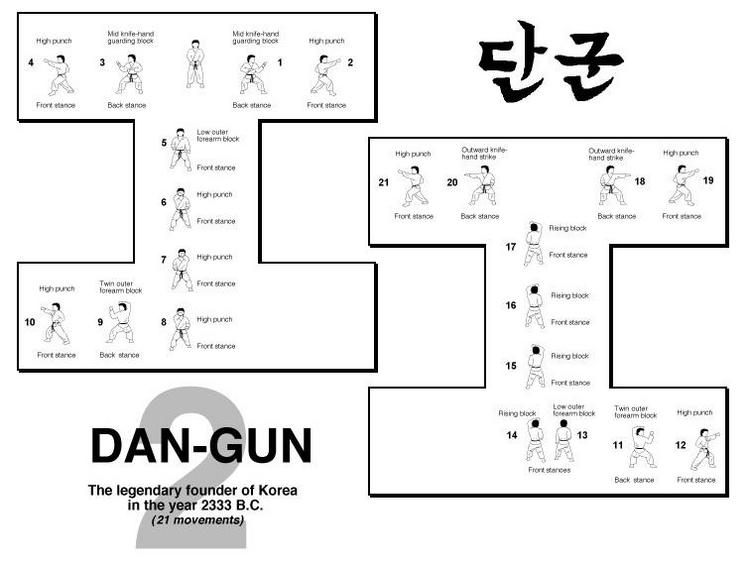 Yellow Belt- (24 class requirement for promotion, 1 board break)
Yellow Belt- (24 class requirement for promotion, 1 board break)
Dan-Gun- (21 movements): Dan-Gun is named after the Holy Dan Gun, the legendary founder of Korea in the year 2333 B.C..
(WTF) Palgwe Ee Jang- Concept of Joyfulness (Tae) It's movements are applied when the practitioner is in a gentle, yet strong state of mind
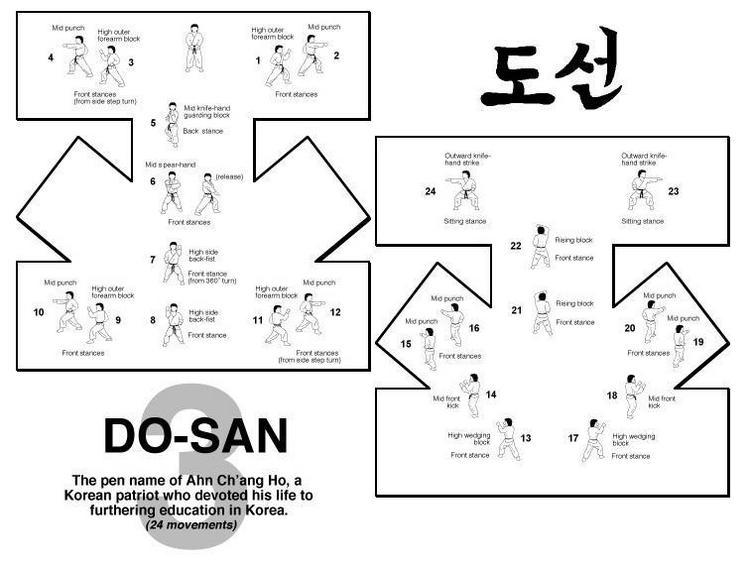 Green Belt- (32 class requirement for promotion, 2 board breaks)
Green Belt- (32 class requirement for promotion, 2 board breaks)
Do-San- (24 movements): Do-San is a pseudonym of the patriot Ahn Chang-Ho (1876 - 1938). The 24 movements represent his entire life, which he devoted to furthering education in Korea and the Korean independence movement.
(WTF) Palgwe Sam Jang- Concept of fire (Ri) It is symbolic of one's passion, flickering and flaring at different intervals, and engulfing everything in it's path. from this hyung the practitioner learns to develop a multitude of quick, successive techniques
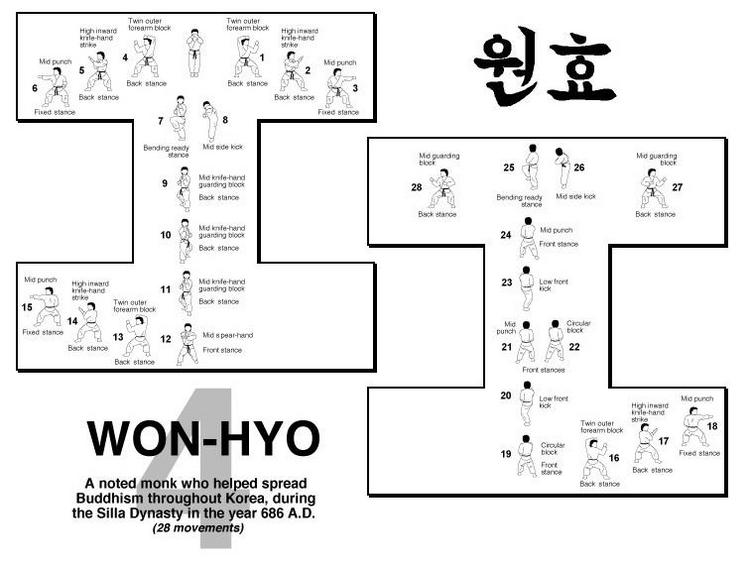 Green Black Stripe Belt- (40 class requirement for promotion, 3 board breaks)
Green Black Stripe Belt- (40 class requirement for promotion, 3 board breaks)
Won-Hyo- (28 movements): Won-Hyo was the noted monk who introduced Buddhism to the Silla Dynasty in the year 686 AD.
(WTF) Palgwe Sa Jang- Concept of Thunder (Jin) Thunder evokes fear in many people, and this hyung uses this principal to teach the practitioner to be calm, even in the face of impending danger, this form also combines strikes and blocks in such a manner they instantly follow each other, similar to the relationship of thunder and lightning
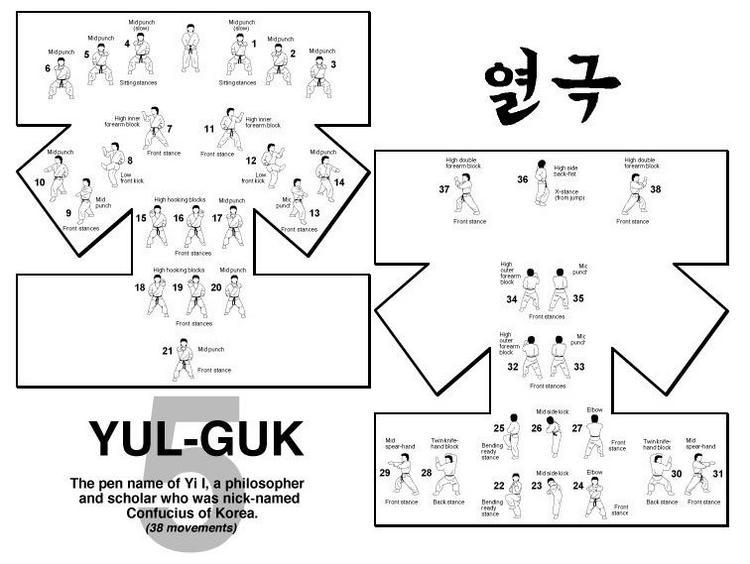 Blue Belt- (48 class requirement for promotion, 4 board breaks)
Blue Belt- (48 class requirement for promotion, 4 board breaks)
Yul-Gok- (38 movements): Yul-Gok is a pseudonym of a great philosopher and scholar Yi I (1536 - 1584) nicknamed the "Confucius of Korea". The 38 movements of this pattern refer to his birthplace on 38-degree latitude and the diagram of the pattern represents scholar.
(WTF) Palgwe Oh Jang- Concept of wind (Seon) Wind is an element of nature which can be gentle or destructive. This form teaches the student to combine and alternate gentleness with strength and speed
 Blue Black Stripe Belt- (56 class requirement for promotion, 5 board breaks)
Blue Black Stripe Belt- (56 class requirement for promotion, 5 board breaks)
Joon-Gun- (32 movements): Joong-Gun is named after the patriot Ahn Joong-Gun who assassinated Hiro Bumi Ito, the first Japanese governor-general of Korea, known as the man who played the leading part in the Korea-Japan merger. There are 32 movements in this patter to represent Mr Ahn's age when he was executed at Lui-Shung in 1910.
(WTF) Palgwe Yuk Jang- Concept of Water (Gam) Water is an element that never loses it's composure, and this leads to it's inherent strength. This hyung teaches the student that they can overcome any problems in life without sacrificing their state of being.
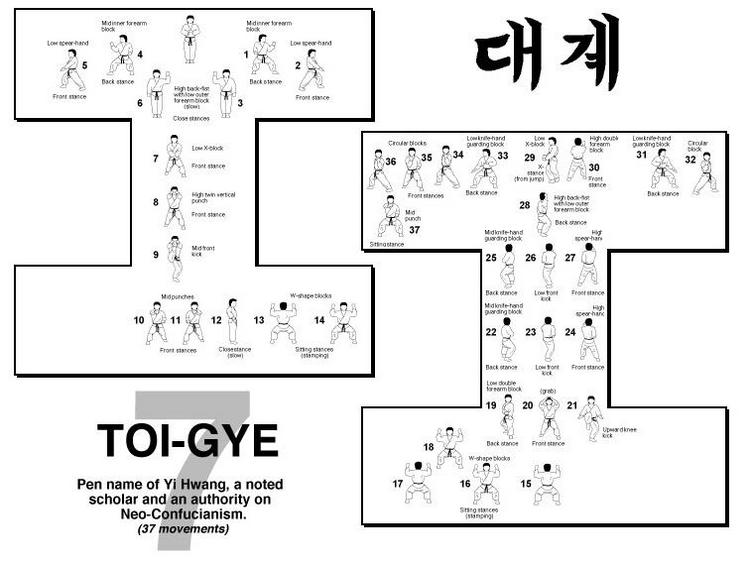 Brown Belt- (64 class requirement for promotion, 6 board breaks)
Brown Belt- (64 class requirement for promotion, 6 board breaks)
Toi-Gye (37 movements): Toi-Gye is the pen name of the noted scholar Yi Hwang (16th century) an authority on neo-Confucianism. The 37 movements of the pattern refer to his birthplace on 37-degree latitude, the diagram represent "scholar".
(WTF) Palgwe Chil Jang- Concept of Mountains (San) Mountains are stable bodies, high and majestic in character, but with definite stopping places. This hyung is symbolic of a conservative approach to one's life ambitions and promote the practice of not living in a hasty manner.
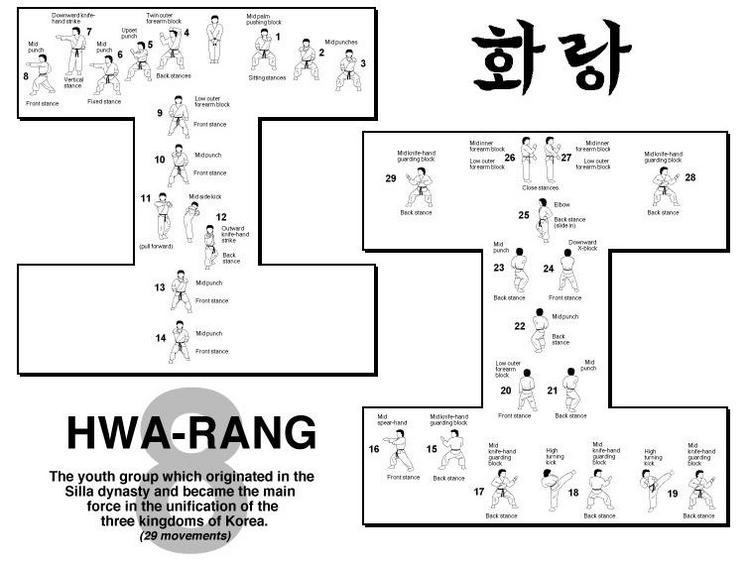
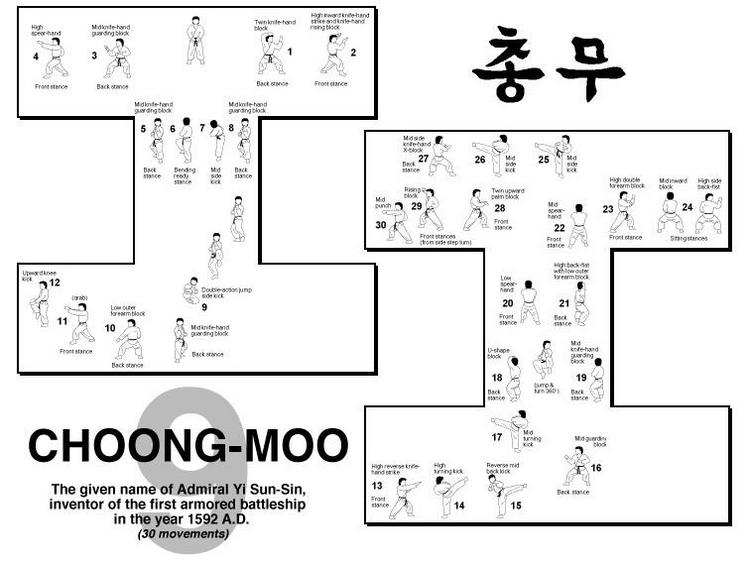 Red/Black Poome Belt- (80 class requirement for promotion, 7 board breaks)
Red/Black Poome Belt- (80 class requirement for promotion, 7 board breaks)
Hwa-Rang (29 movements): Hwa Rang is named after the Haw Rang youth group which originated in the Silla Dynasty in the early 7th century. The 29 movements refer to the 29th infantry Division, where Tae Kwon Do developed into maturity.
Choong-Moo (30 movements): Choong-Moo was the name given to the great Admiral Yi Soon-Sin of the Yi Dynasty. He was reputed to have invented the first armored battleship (Kobukson) in 1592, which is said to be the precursor of the present day submarine. This pattern ends with a left hand attack, to symbolize his regrettable death. He was noted for his unrestrained loyalty to the King.
(WTF) Palgwe Pal Jang- Concept of earth (Gon) This hyung is designed to summarize the seven previous hyung, as well as to introduce several new techniques. At this stage, the practitioner reviews all previous material before making the transition to the black belt level.
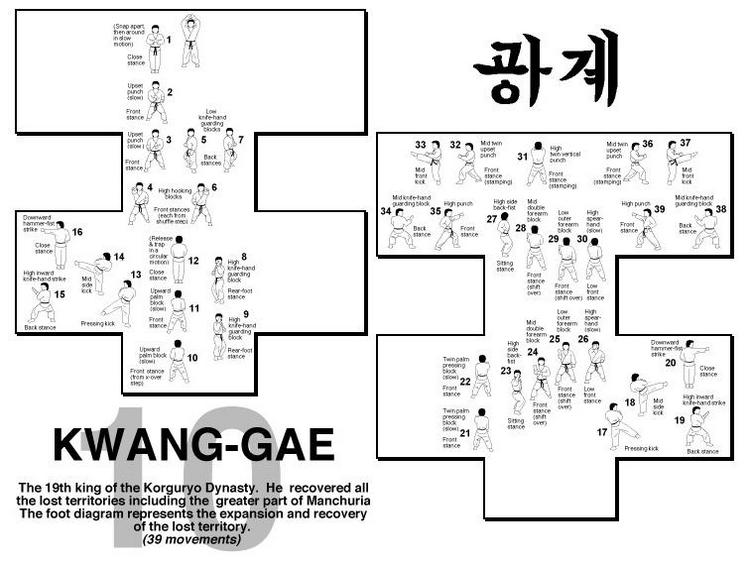

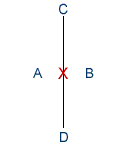 1st Degree Black Belt- (96 class requirement for promotion, 8 board breaks)
1st Degree Black Belt- (96 class requirement for promotion, 8 board breaks)
Kwang-Gae (39 movements): Kwang-Gae is named after the famous Kwang-Gae-Toh-Wang, the 19th king of the Koguryo Dynasty, who regained all the lost territories including the greater part of Manchuria. The diagram represents the expansion and recovery of lost territory. The 39 movements refer to the first two figures of 391 AD, the year he came to the throne.
Po-Eun (36 movements): Po-Eun is the pseudonym of a loyal subject Chong-Mong-Chu (1400) who was a famous poet and whose poem "I would not serve a second master though I might be crucified a hundred times" is known to every Korean. He was also a pioneer in the field of physics. The diagram represents his unerring loyalty to the king and country towards the end of the Koryo Dynasty.
Gae-Baek (44 Movements): Gae-Baek is named after Gae-Baek, a great general in the Baek-Je Dynasty (660AD). The diagram represents his severe and strict military discipline.
(WTF) Koryo- (Korea) is the name of an old Korean Dynasty. The people from the Koryo-period defeated the Mongolian aggressors. Their spirit is reflected in the movements of the Poomse Koryo. Each movement of this Poomse represents the strength and energy needed to control the Mong
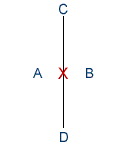
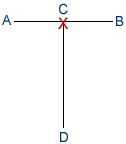
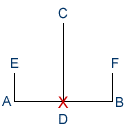
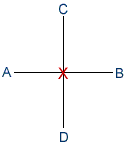 2nd Degree Black Belt- (192 class requirement for promotion and 16 years of age, 9 board breaks)
2nd Degree Black Belt- (192 class requirement for promotion and 16 years of age, 9 board breaks)
Eui-Am (45 Movements): Eui-Am is the pseudonym of Son Byong Hi, leader of the Korean independence movement on March 1, 1919. The 45 movements refer to his age when he changed his name of Dong Hak (oriental Culture) to Chondo Kyo (Heavenly Way Religion) in 1905. The diagram represents his indomitable spirit, displayed while dedicating himself to the prosperity of his nation.
Choong-Jang (52 Movements): Choong-Jang is the pseudonym given to General Kim Duk Ryang who lived during the Yi Dynasty, 14th century. This pattern ends with a left hand attack to symbolize the tragedy of his death at 27 in prison before he was able to reach full maturity.
Juche (45 movements) is a philosophical idea that man is the master of everything and decides everything. In otherwords, the idea that man is the master of the world and his own destiny. It is said that this idea was rooted in Baekdu Mountain which symbolizes the spirit of the Korean people. The diagram represents Baekdu Mountain.
Ko-Dang (39 Movements):Pseudonyn of the patriot Cho Man Shik, who dedicated his life to the Korean Independence Movement and to the education of his people. (- removed in 1983 from ITF requirements - option to learn for one's own enjoyment -)
(WTF) Keumgang- The definition of Keumgang is "Too hard to be broken", or "diamond". The movements of the Poomse Keumgang are as beautiful as the Keumgang-san (a Korean mountain) and as hard as Keumgang-seok (diamond)
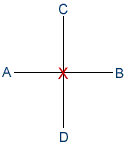
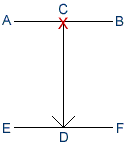
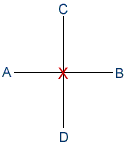 3rd Degree Black Belt- (288 class requirement for promotion, 10 boards breaks)
3rd Degree Black Belt- (288 class requirement for promotion, 10 boards breaks)
Sam Il (33 Movements): Sam Il denotes the historical date of the independence movement of Korea, which began throughout the country on march 1, 1919. The 33 movements in the pattern stand for the 33 patriots who planned the movement.
Yoo-Sin (68 Movements): Yoo Sin is named after General Kin Yoo Sin, a commanding general during the Silla Dynasty. The 68 movements refer to the last two figures of 668 AD the year Korea was unified. The ready posture signifies a sword drawn to the right rather than the left side, symbolizing Yoo sin's mistake of following his king's orders to fight with foreign force against his own nation.
Choi Yong (46 Movements): Choi Yong is named after General Choi Yong, Premier and Commander-in Chief of the armed forces during the 14th century Koryo Dynasty. Choi Yong was greatly respected for his loyalty, patriotism, and humility. He was executed by subordinate commanders headed by General Yi Sung Gae, who later became the first king of the Yi Dynasty.
(WTF) Taebaek- The legendary 'Dangoon' founded a nation in Taebaek, near Korea's biggest mountain Baekdoo. Baekdoo is a symbol for Korea. The definition of Taebaek is "lightness". Every movement in this Poomse must not only be exact and fast, but with determination and hardness
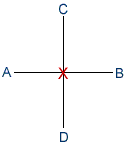
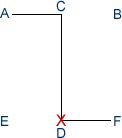
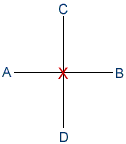 4th Degree Black Belt- (384 class requirement for promotion, 11 board breaks)
4th Degree Black Belt- (384 class requirement for promotion, 11 board breaks)
Yon Gae (49 Movements): Yon Gae is named after a famous general during the Koguryo Dynasty. Yon Gae Somoon. The 49 movements refer to the last two figures of 649 AD the year he forced the Tang Dynasty to quit Korea after destroying nearly 300,000 of their troops at Ansi Sung.
UL-JI (42 Movements): UL-JI is named after general UL-JI Moon Dok who successfully defended Korea against a Tang's invasion force of nearly one million soldiers led by Yang Je in 612 AD, Ul-JI employing hit and run guerilla tactics was able to decimate a large percentage of the force. The diagram represents his surname. The 42 movements represent the author's age when he designed the pattern.
Moon-Moo (61 Movements): Moon Moo honors the 30th king of the Silla Dynasty. His body was buried near Dae Wang Am (Great King's Rock). According to his will, the body was placed in the sea "Where my soul shall forever defend my land against the Japanese". It is said that the Sok Gul Am (Stone Cave) was built to guard his tomb. The Sok Gul Am is a find example of the culture of the Silla Dynasty. The 61 movements in this pattern symbolize the last two figures of 6612 AS when Moon Moo came to the throne.
(WTF) Pyongwon- The definition of Pyongwon is "stretch, vast plain": big, majestic
|
|




























